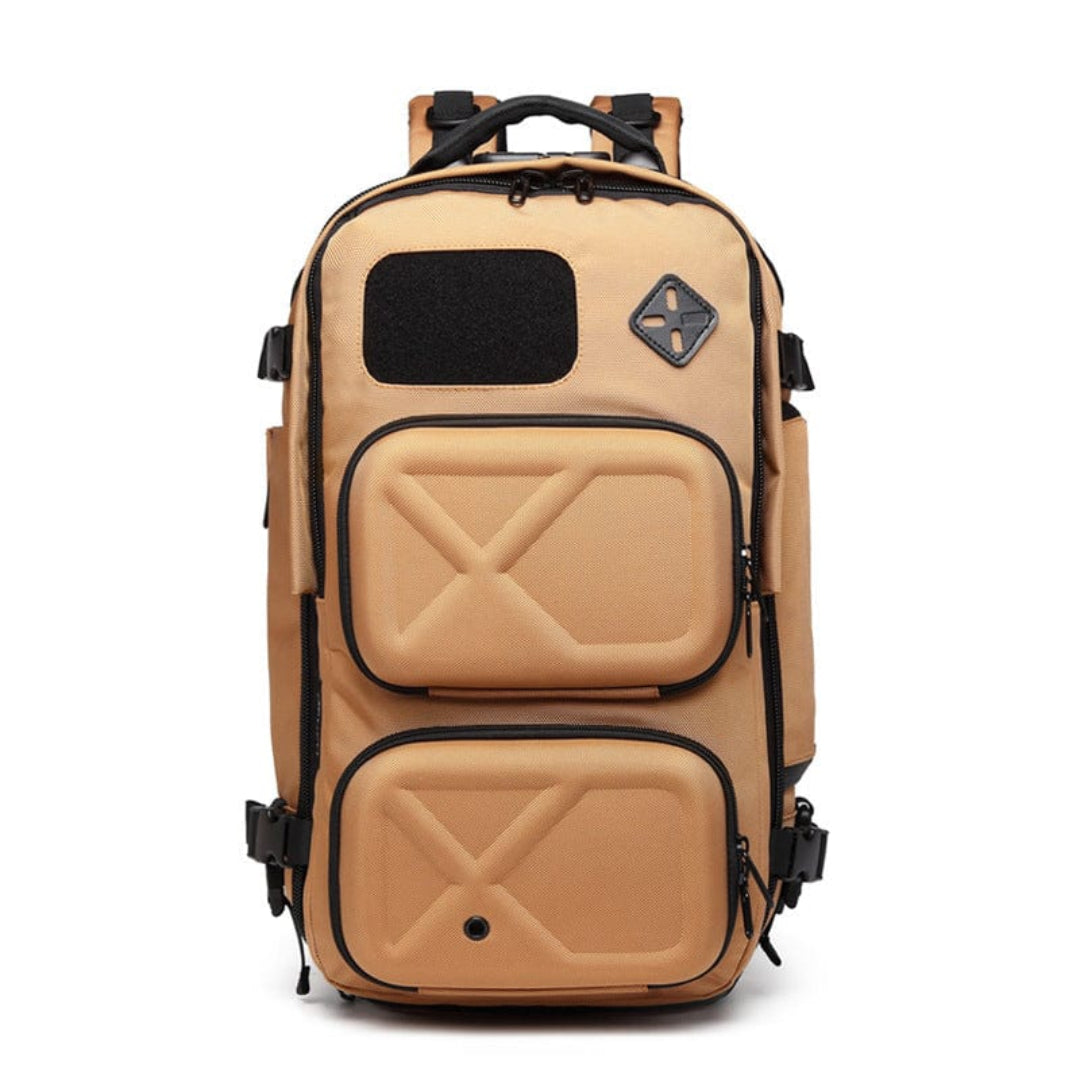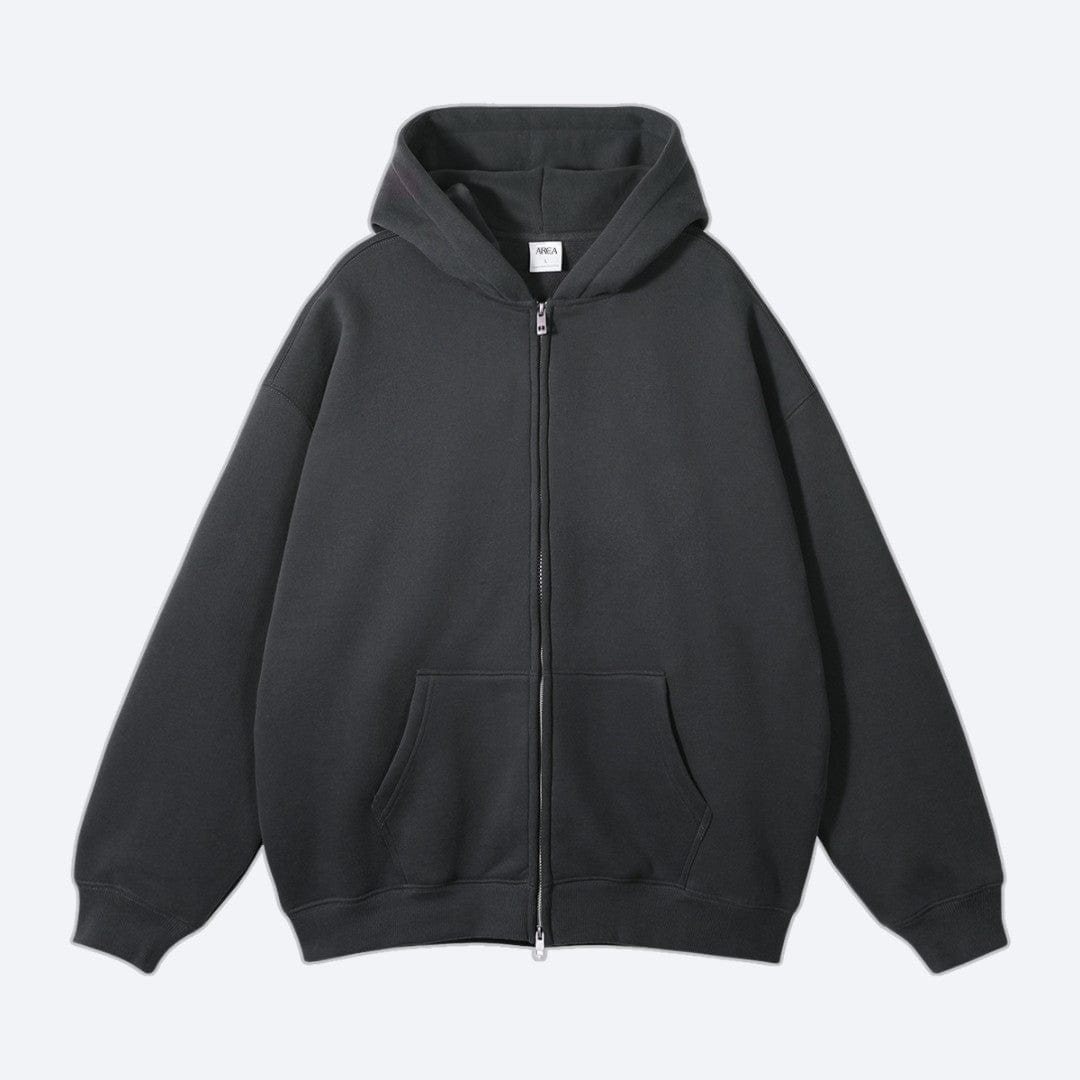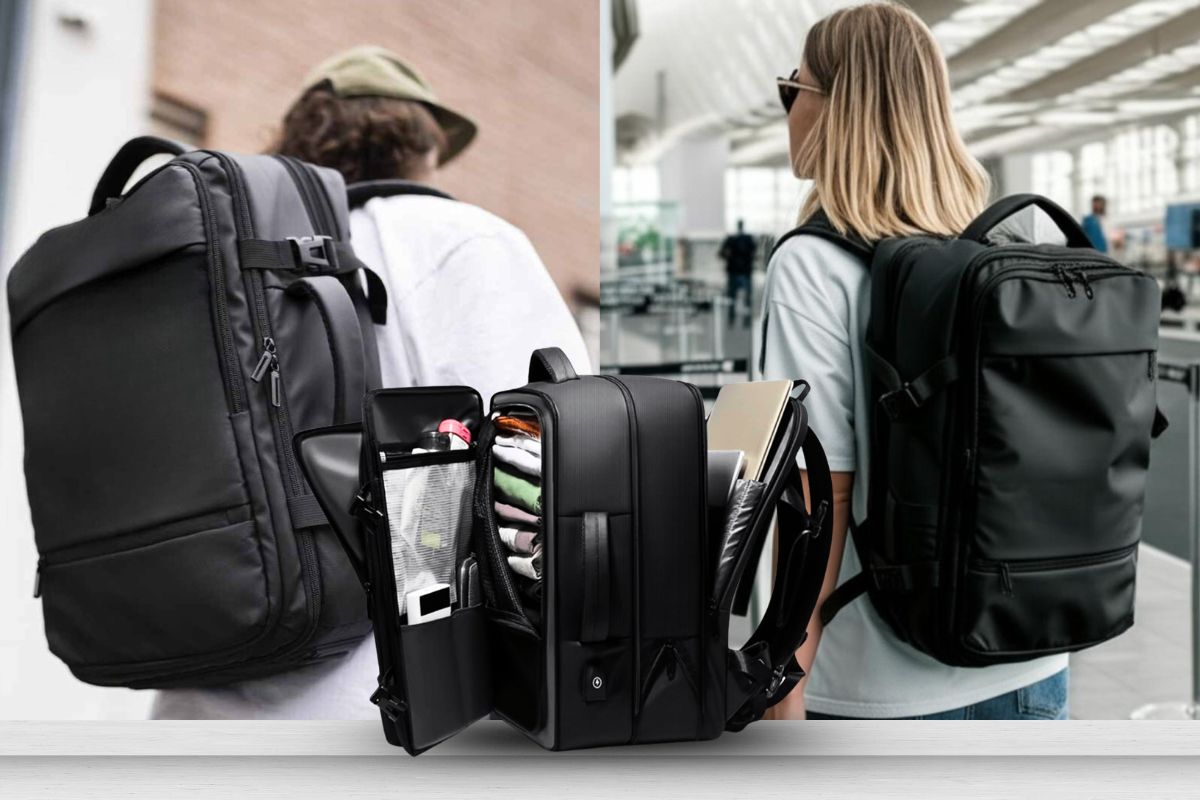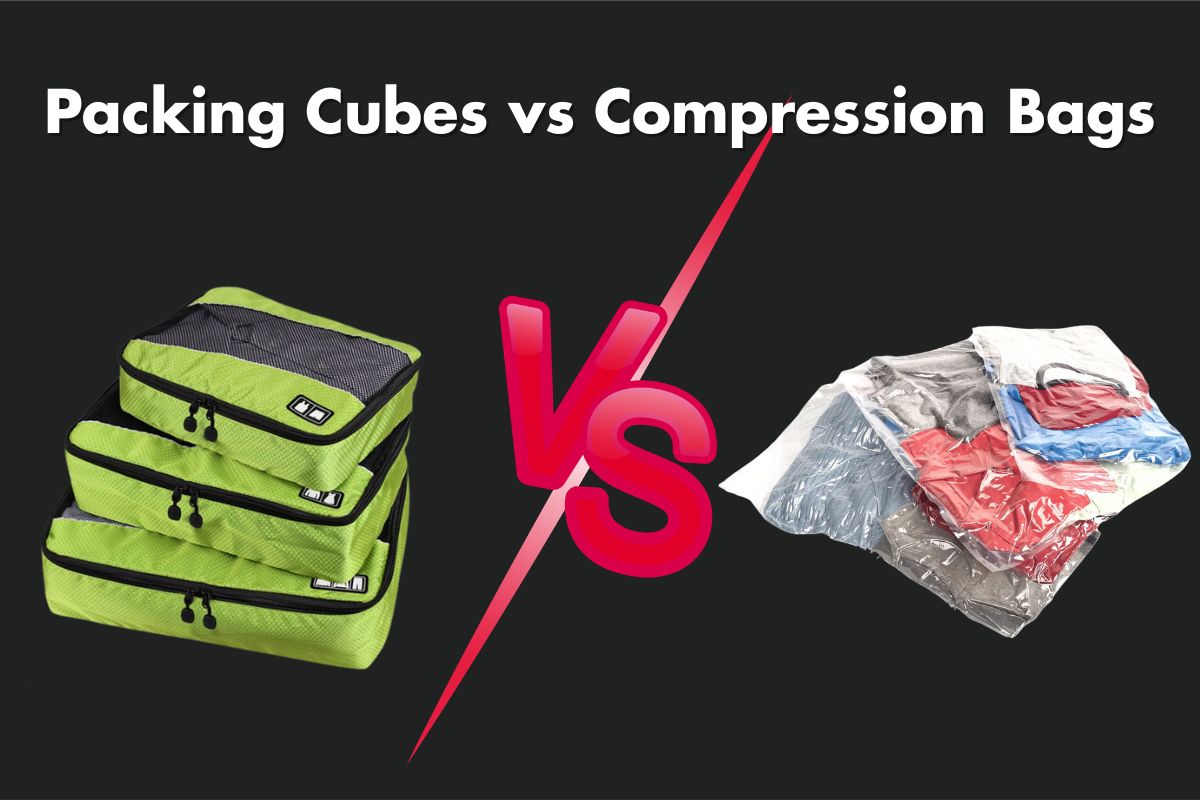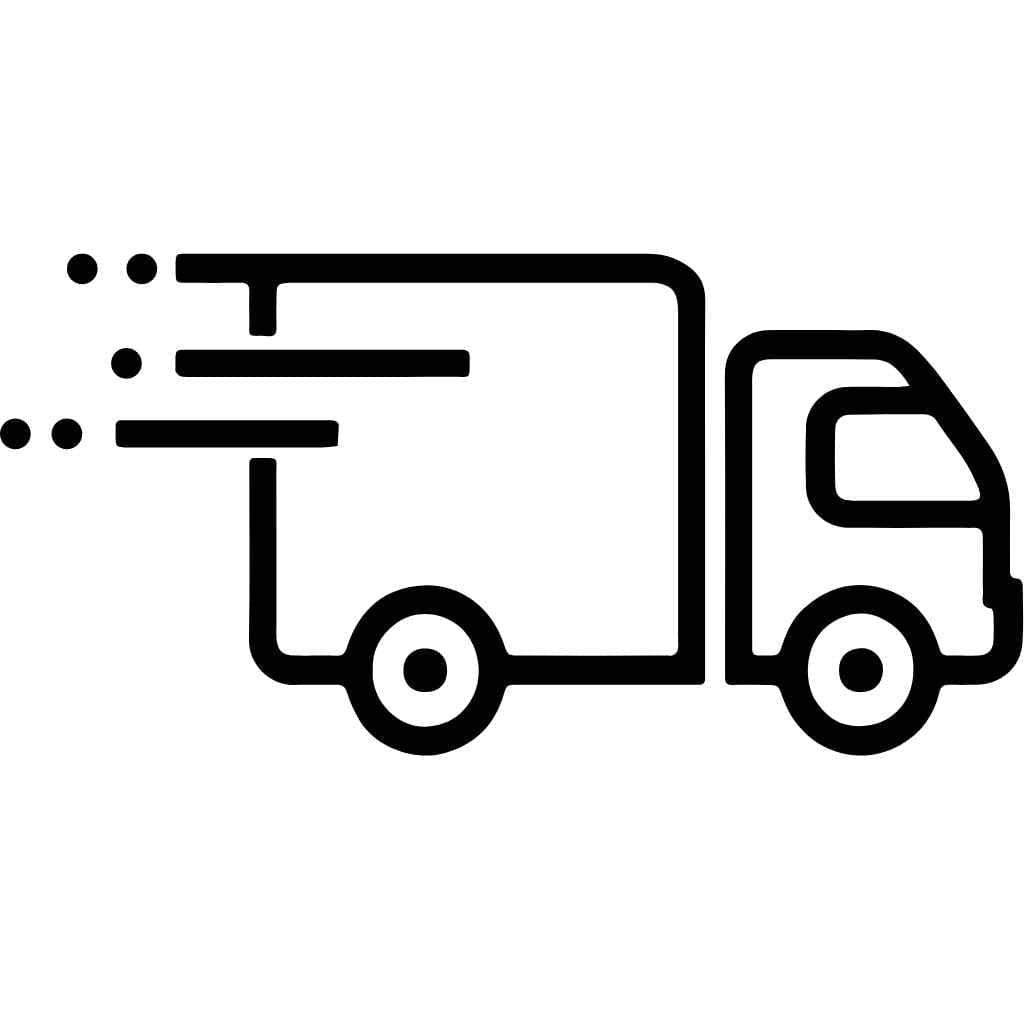Packing your personal item bag for a trip might seem straightforward, but it’s often the key to a smooth and stress-free journey. From essential documents to comfort items, what you include in this bag can make all the difference when navigating airports, long flights, or unexpected delays. It’s not just about convenience—it’s about being prepared for anything.
Let’s dive into the essentials that belong in your personal item, so you can travel light, stay organized, and feel confident wherever your adventures take you.
What is a Personal Item?
A personal item is a small bag designed to fit under the seat in front of you on a plane. Airlines often allow passengers to bring this secondary bag free of charge in addition to a carry-on. Commonly accepted examples include purses, laptop bags, small backpacks, briefcases, and compact duffel bags.
While the exact dimensions vary by airline, personal items typically measure around 18 x 14 x 8 inches (45 x 35 x 20 cm). It's essential to verify specific guidelines from your carrier to avoid surprises at the gate. The key distinction between a personal item and a carry-on lies in the size and storage location; personal items are smaller and meant for under-seat storage.
Personal items serve as an accessible space for essentials during travel. Items like electronics, medications, documents, or small refreshments can easily fit in these bags, providing convenience throughout the journey. Beyond the flight, they double as functional day bags, making them versatile travel companions.
How to choose your personal item
Selecting the right personal item streamlines your travel experience. Airlines typically allow personal items in addition to carry-ons, but dimensions are often limited to about 18 x 14 x 8 inches. Always verify size requirements specific to your airline to avoid last-minute issues.
Functionality matters when choosing a personal item. Look for something that suits your travel style, such as a small backpack, duffel bag, or tote. For example, I prefer a small backpack that doubles as a day bag at my destination. A compact yet spacious design ensures everything fits without making it cumbersome to carry through terminals.
Weight is a critical factor. Avoid overloading your personal item to prevent discomfort when navigating airports or boarding flights. Prioritize lightweight materials and ergonomic handles or padded straps for added comfort.
Durability plays a role too. Your bag should withstand wear and tear, especially during multi-leg journeys. Sturdy zippers, reinforced seams, and water-resistant fabric can handle travel rigors better.
Accessibility simplifies usage. Bags with multiple compartments or external pockets make it easier to organize and quickly access essentials like documents, chargers, or snacks. Consider bags with dedicated compartments for delicate or valuable items, such as electronics.
Adaptability adds versatility. Choose a bag that fits your inflight needs and functions as an everyday bag at your destination. A convertible bag, like one with removable straps, transitions seamlessly between travel and daily use.
Personal Item Backpacks
Backpacks make excellent personal items for travel due to their versatility and practicality. They easily fit under the seat in front of you while providing ample space and organization for essentials. I always opt for a backpack with multiple compartments, including padded sections for delicate items like laptops or tablets.
A well-designed travel backpack offers features like padded shoulder straps, making it comfortable to carry during long walks through airports. I prefer models with luggage sleeves that slide over carry-on handles, sparing my shoulders for added convenience. Compact backpacks, such as ultralight packable options, are especially useful for maximizing storage space—they fold down when not in use.
Size is crucial when selecting a backpack for travel. Most airlines allow personal item bags within the 18 x 14 x 8-inch range. Always check the airline's specific size policies to avoid additional charges. A backpack that meets these dimensions is not only airport-friendly but also doubles as a day bag at the destination.
Organization is key for smooth travel. Look for backpacks with interior and exterior pockets to separate items like passports, snacks, and chargers. This keeps everything accessible without rummaging through the entire bag. For trips involving work or tech, I prioritize backpacks with padded laptop compartments to secure my devices safely.
Picking a durable material is essential. I lean toward water-resistant fabrics, ensuring my belongings are protected in unpredictable weather. Choosing a lightweight design ensures the bag doesn't add unnecessary weight while being carried. Backpacks that combine these features streamline travel, making them a reliable choice for personal items.
Personal Items List
Packing your personal item thoughtfully ensures easy access to essentials, keeps you comfortable, and prepares you for unexpected travel scenarios. Here's what to include to maximize functionality and convenience.
Basic Personal Item Packing List
Essentials form the foundation of your packing. Keep these items within reach:
- Wallet, ID, passport, and travel documents (avoid storing these in checked baggage).
- Jacket or extra layer for cold in-flight conditions.
- Scarf, pashmina, or travel blanket for added warmth.
- Pillow, eye mask, and earplugs to aid in sleeping.
- Glasses, contact lenses, and cases, if applicable.
- Notebook and pen for quick notes or form filling.
- Book or eReader to stay entertained.
Toiletries, Liquids, and Medications
Storing toiletries and medications in an organized way saves time and improves inflight comfort. Pack a TSA-compliant quart-size bag for liquids:
- Toothbrush, toothpaste, and other travel-sized hygiene items.
- Prescription medications and essentials like pain relievers or cold remedies.
- Hand sanitizers and wet wipes to maintain cleanliness.
- Sunscreen and lip balm for moisturization.
Ensure these items are easily accessible during security checks and the flight.
Electronics
Your personal item should include essential electronic devices, especially those used frequently during the journey:
- Laptop and charger if needed for work or entertainment.
- Tablet, Kindle, or eReader for reading.
- Smartphone with charger or external battery for communication and navigation.
- Headphones or earbuds, preferably noise-canceling, for sound quality and comfort.
Organizing cables and chargers in a small pouch keeps everything tidy and accessible.
Food and Drink
Bring your preferred snacks to avoid reliance on limited or unsuitable options:
- Non-smelly, non-perishable snacks like granola bars or dried fruit.
- Refillable water bottle to stay hydrated; fill it after passing security.
Avoid messy or allergen-heavy foods to ensure a pleasant experience for others.
Strategic packing of these essentials boosts your travel efficiency and keeps you prepared for the journey.
How to Pack a Personal Item
Packing a personal item starts with selecting the essentials and organizing them efficiently. I prioritize items based on accessibility, size, and purpose to maximize space. A well-organized bag ensures I can quickly locate what I need during the flight or at the airport.
Organize by Categories
I separate items into categories to keep everything orderly and easy to find. For example, I group electronics like my phone, laptop, and chargers together. Toiletries like hand sanitizer, toothpaste, and lip balm go in a TSA-approved transparent bag. Health-related items such as prescription medications or first aid essentials are packed in a dedicated pouch for quick access.
Use Space-Saving Techniques
To make the most of the limited space, I utilize compact and travel-friendly options. I opt for travel-sized bottles, roll clothing layers like scarves or a lightweight sweater, and use packing cubes or zippered pouches for organization. Placing smaller items like pens, facial wipes, or hair ties into external pockets also saves interior space.
Prioritize Frequent-Use Items
Essential items I’ll use frequently during the flight, such as a sleep mask, earbuds, or snacks, are placed at the top for convenience. I ensure my ID and boarding pass are stored in a front compartment or a travel wallet so I can grab them without rummaging.
Consider Weight Distribution
Proper weight distribution keeps carrying the bag comfortable. Heavier items, like laptops or books, go at the bottom or close to my back to minimize strain. Lightweight essentials, like my travel blanket or a refillable water bottle, are placed on top or in accessible side pockets.
Plan for Emergencies
I always pack a few essentials for unexpected situations. A portable power bank ensures my devices stay charged during long layovers. I keep backup copies of documents, like my itinerary or passport, either printed or stored in a digital format. Packing a change of underwear or spare clothing layer is helpful in case of delays or lost luggage.
By focusing on organization, space utilization, and accessibility, packing a personal item becomes easy and efficient.
Personal Item Size by Airline
Different airlines have specific guidelines for the maximum dimensions of personal items. While the general standard is around 18 x 14 x 8 inches (45 x 35 x 20 cm), it's essential to check your airline's exact requirements to avoid issues at boarding. Below is a summary of personal item dimensions for some major airlines.
|
Airline |
Maximum Personal Item Size (inches)
|
|---|---|
|
American Airlines |
8 x 14 x 8 |
|
JetBlue |
17 x 13 x 8 |
|
Spirit Airlines |
18 x 14 x 8 |
|
United Airlines |
9 x 10 x 17 |
Delta Airlines and Alaska Airlines don't specify exact measurements but require personal items to fit under the seat. Common examples include purses, small backpacks, and laptop bags. Always review the latest luggage policies on your airline’s website before your trip to ensure compliance.
Conclusion
Packing a personal item thoughtfully can make a world of difference in your travel experience. By choosing the right bag, staying organized, and keeping essentials within reach, you’ll be prepared for anything your journey throws your way. Remember to check your airline’s size guidelines and tailor your packing to your specific needs. A well-packed personal item isn’t just convenient—it’s a game-changer for stress-free travel.


